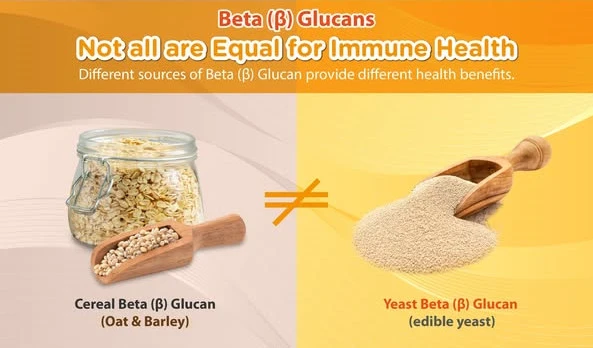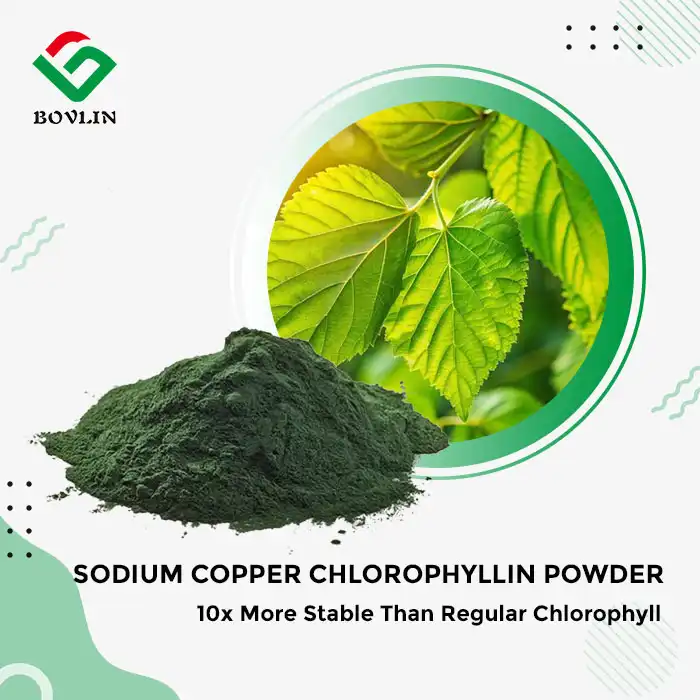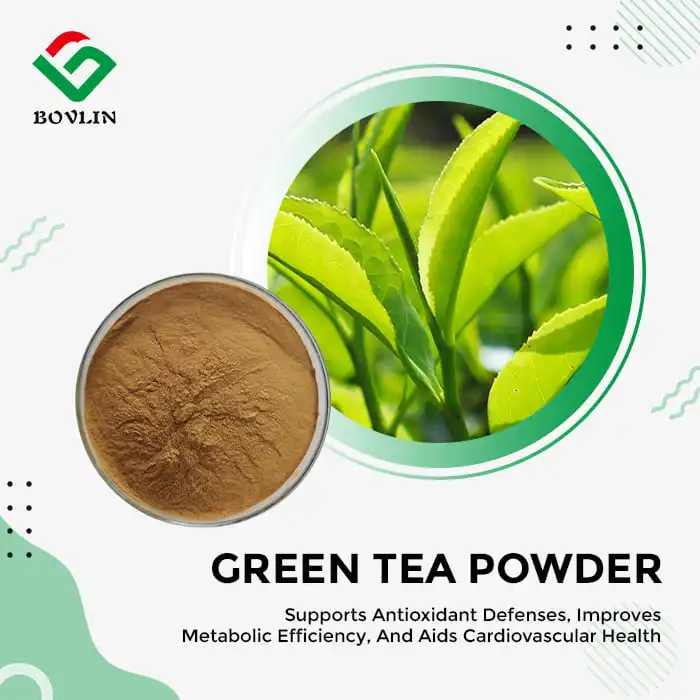How Do Yeast and Oat Beta Glucans Differ in Structure?
Molecular Composition and Linkages
Yeast beta glucan and oat beta glucan exhibit distinct molecular structures, which contribute to their unique properties and functionalities. Yeast beta glucan, primarily derived from Saccharomyces cerevisiae, consists of glucose molecules linked by β-1,3 and β-1,6 glycosidic bonds. This branched structure forms a complex, three-dimensional network that plays a crucial role in its biological activity. In contrast, oat beta glucan features a linear chain of glucose units connected by β-1,3 and β-1,4 linkages, resulting in a more straightforward molecular arrangement.
Solubility and Molecular Weight
The structural differences between yeast and oat beta glucans significantly impact their solubility and molecular weight. Yeast beta glucan tends to have a higher molecular weight and lower solubility in water due to its branched structure. This characteristic influences its behavior in various applications and its interaction with the human body. Oat beta glucan, with its linear structure, generally exhibits higher solubility and lower molecular weight, affecting its rheological properties and potential uses in food and pharmaceutical products.
Structural Integrity and Resistance to Digestion
The unique structures of yeast and oat beta glucans also affect their resistance to digestion and overall integrity within the human digestive system. Yeast beta glucan's complex branched structure makes it more resistant to enzymatic breakdown, allowing it to reach the lower gastrointestinal tract largely intact. This property contributes to its potent immunomodulatory effects. Oat beta glucan, while still resistant to human digestive enzymes, may be more susceptible to fermentation by gut bacteria due to its linear structure, potentially influencing its effects on gut health and cholesterol metabolism.
Comparative Health Benefits of Yeast vs Oat Sources
Immune System Support
Yeast beta glucan has garnered significant attention for its robust immune-enhancing properties. Its unique structure allows it to interact with specific immune cell receptors, particularly those on macrophages and neutrophils. This interaction stimulates the production of cytokines and enhances the overall immune response. Research has shown that yeast beta glucan may help improve resistance to infections, support recovery from illness, and potentially aid in cancer treatment as an adjuvant therapy. While oat beta glucan also possesses some immunomodulatory effects, they are generally considered less potent compared to those of yeast-derived beta glucans.
Cardiovascular Health
Oat beta glucan has long been recognized for its beneficial effects on cardiovascular health, particularly in reducing cholesterol levels. Its ability to form a viscous solution in the gut helps to bind cholesterol and bile acids, promoting their excretion and subsequently lowering blood cholesterol levels. This property has led to the approval of health claims by regulatory bodies such as the FDA and EFSA regarding oat beta glucan's role in reducing the risk of heart disease. Yeast glucan yeast beta glucan, while not as extensively studied for cardiovascular benefits, may still offer some advantages in this area, possibly through its anti-inflammatory properties and potential effects on lipid metabolism.
Metabolic Health and Blood Sugar Control
Both yeast and oat beta glucans have shown promise in supporting metabolic health, albeit through different mechanisms. Oat beta glucan's ability to form a viscous gel in the digestive tract can slow down the absorption of glucose, potentially helping to regulate blood sugar levels and improve insulin sensitivity. This property makes it particularly beneficial for individuals with or at risk of type 2 diabetes. Yeast beta glucan, while not directly impacting glucose absorption, may contribute to metabolic health through its immunomodulatory effects and potential influence on gut microbiota composition, which plays a crucial role in metabolism and overall health.
Applications in Food, Supplements, and Pharmaceuticals
Food Industry Utilization
The food industry has embraced both yeast and oat beta glucans for their functional and health-promoting properties. Oat beta glucan, with its higher solubility and viscosity-forming abilities, is commonly used as a thickener, stabilizer, and fat replacer in various food products. It can be found in breakfast cereals, baked goods, and dairy alternatives, where it not only enhances texture but also contributes to the product's nutritional profile. Yeast beta glucan, while less commonly used in everyday food products due to its lower solubility, has found applications in functional foods and beverages designed to support immune health. Its incorporation into these products allows manufacturers to tap into the growing consumer demand for immune-boosting foods.
Supplement Formulations
In the dietary supplement industry, both yeast beta glucan and oat beta glucan have carved out distinct niches. Yeast beta glucan supplements are primarily marketed for immune support, often in the form of capsules or powders. These products are designed to provide concentrated doses of beta glucan for individuals looking to enhance their immune function, particularly during times of stress or increased susceptibility to illness. Oat beta glucan supplements, on the other hand, are typically positioned for heart health and cholesterol management. They may be formulated as standalone products or combined with other heart-healthy ingredients to create comprehensive cardiovascular support supplements.
Pharmaceutical Applications
The pharmaceutical industry has shown increasing interest in the potential of beta glucans, particularly those derived from yeast, for various therapeutic applications. Yeast beta glucan's immunomodulatory properties have led to its investigation as an adjuvant in cancer therapies, potentially enhancing the efficacy of chemotherapy and radiation treatments. Research is also exploring its use in wound healing, as it may stimulate tissue repair and reduce the risk of infection. Oat beta glucan, while less prominent in pharmaceutical research, has been studied for its potential in topical applications, such as in cosmeceuticals for skin health and in wound dressings. The distinct properties of each type of beta glucan continue to drive innovation in pharmaceutical product development, opening up new possibilities for targeted health interventions.
Conclusion
Yeast beta glucan powder and oat beta glucan, while sharing the same fundamental polysaccharide structure, offer distinct benefits and applications across various industries. Yeast beta glucan powder stands out for its potent immune-enhancing properties, making it a valuable ingredient in supplements and functional foods aimed at supporting overall health and well-being. Oat beta glucan, with its proven cardiovascular benefits and versatile food applications, continues to be a staple in heart-healthy diets and products. As research progresses, both types of beta glucans are likely to find even more innovative uses in food, supplements, and pharmaceuticals, further cementing their status as important functional ingredients in the pursuit of better health.

Contact Us
For more information about our yeast beta glucan products and how they can benefit your business, please contact us at sales1@bovlin.com. Our team of experts is ready to assist you in finding the perfect beta glucan solution for your specific needs.











